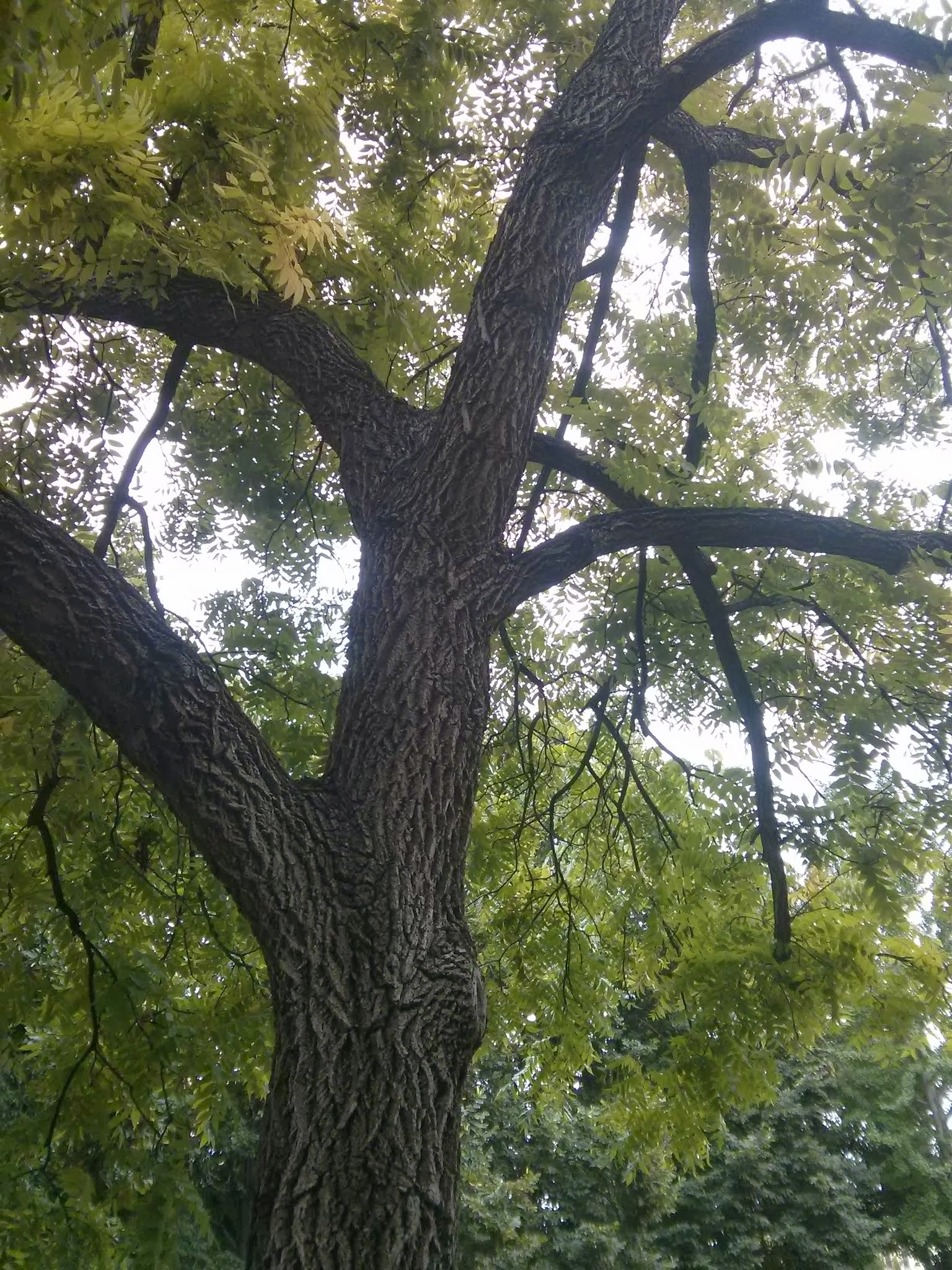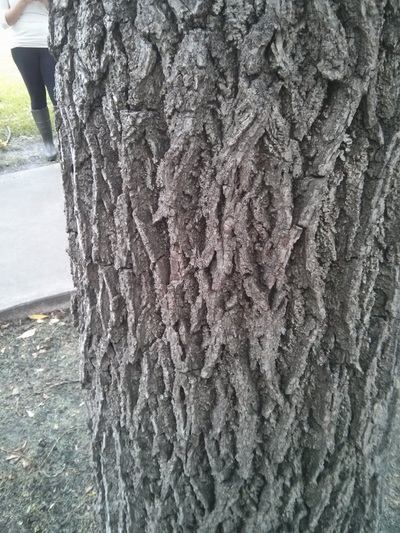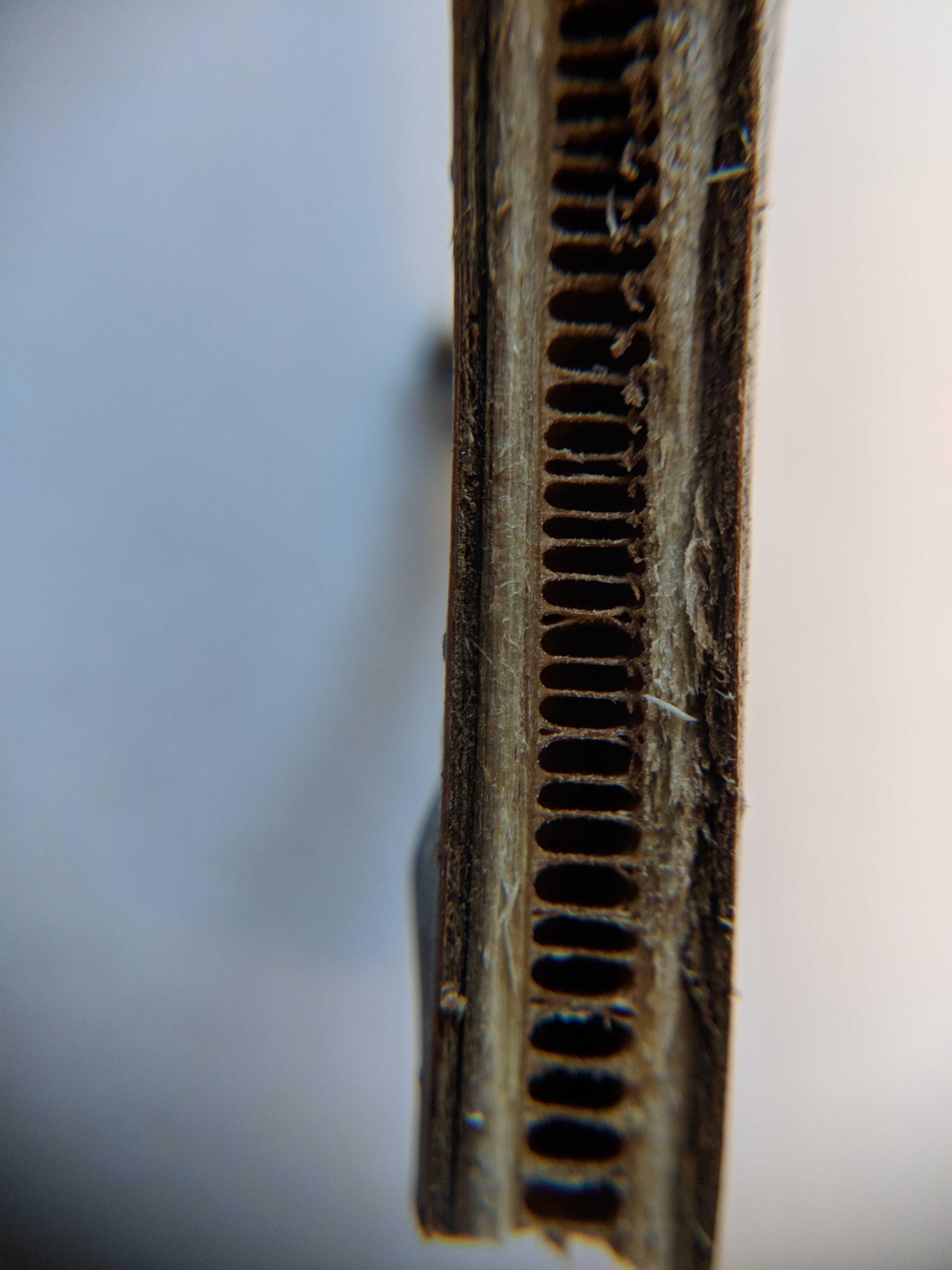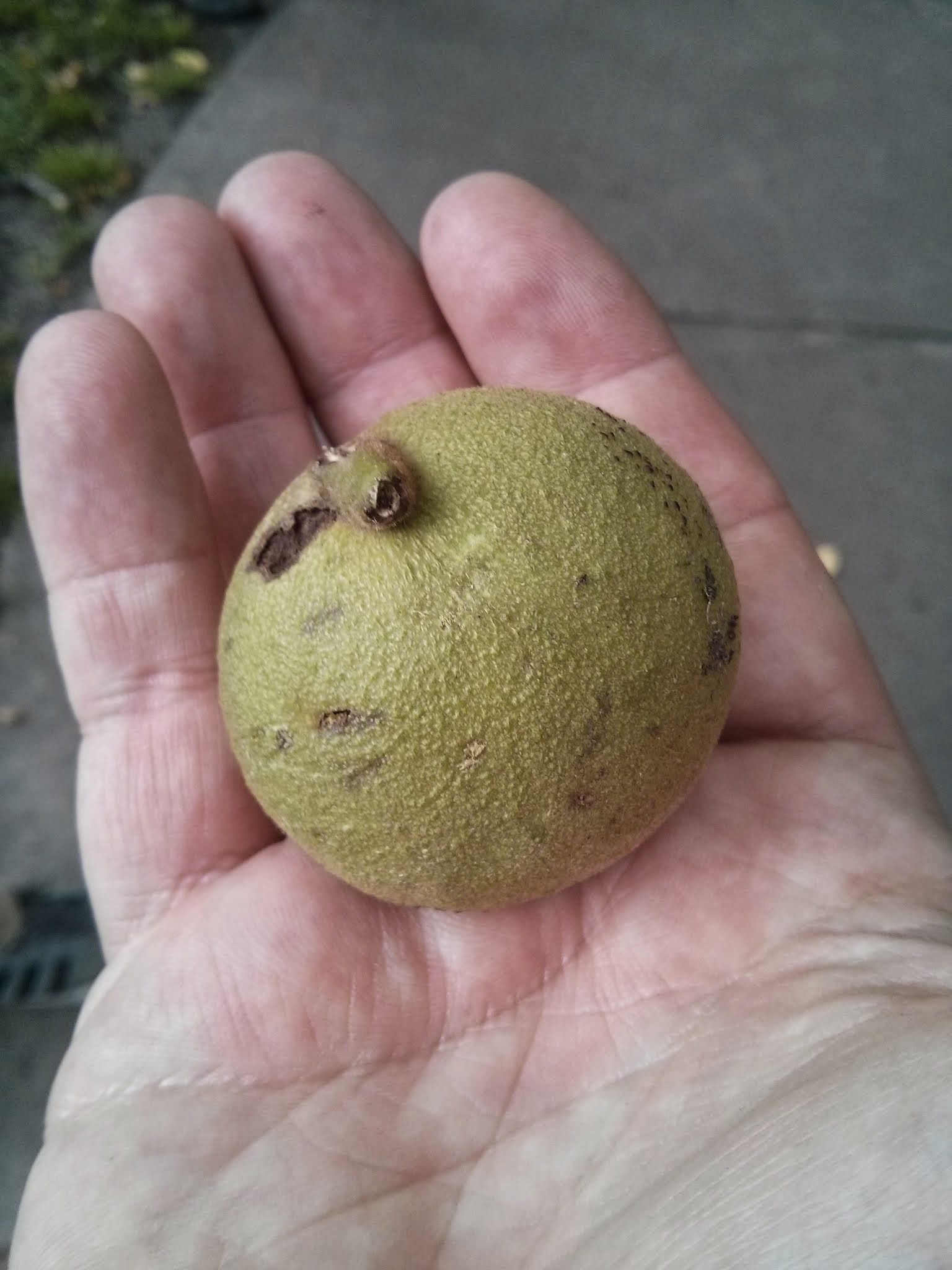Common Name: black walnut
Scientific Name:
Family: Juglandaceae
Genus: Juglans
Species: nigra
Hardiness Zone: 4 to 9
Height: 75 to 100 ft
Width: 75 to 100 ft
Common Characteristics:
The black walnut is readily found throughout most Minnesotan cities. It is a large shade tree that has a long trunk with little to no low lower branches. The bark on the tree is dark gray-black and sharply ridged fissures that form a diamond-shaped pattern. A distinct identification characteristic is that the pith of a twig is chambered. This is best observed with a cross-section cut on the twig. The leaves are pinnately compound, with anywhere from 9 to 21 leaflets. The leaflets are broadly lance-shaped, with finely serrated edges. Leaflet color is dark green above and turns yellow in the fall. The fruit of black walnut are either single or paired and have a thick green husk that is smooth on the outside of the walnut. The seed is edible and can have a sweet taste to it. The foliage and fruit are known to have an aromatic smell to them, similar to the smell of citrus lemon-lime soda. It can take up to 20 years before a mature tree produces a large crop of fruit.
Where it Grows:
Black walnut can be found growing in moist well-drained alkaline soils, especially along streams and scattered in forests. It prefers full sun to part shade and tolerates salt spray. Black walnut does not grow well in the shade or in acidic soils.
How it's Used:
Black walnut is mainly known for its highly valuable wood that is used for furniture, gunstocks, and veneers. It can also be grown for the edible nuts which need to be harvested early to avoid animal consumption. It is also used as a common shade tree in residential areas and parks.
Ecosystem Services:
Black walnut is a great shelter and food source for small mammals such as squirrels, cavity-nesting birds, and songbirds.
Where it is Native To:
Overharvesting of black walnut for its wood has limited the number of trees that are found naturally in the forest. Its native range goes is mainly the eastern United States, never going past the Rocky Mountains. It can be found in the south and southeast regions of Minnesota, Wisconsin, and Michigan to southwest New York. It is also found growing in the southwest area of Florida.
Problems:
Black walnut produces a toxin that can kill other plants planted nearby, especially tomatoes and apples. When looking for plants that grow well near black walnut, look for plants that have black walnut toxicity resistance. The large fruits can be messy and challenging to clean and also be a safety hazard when falling.
References:
Little, E. L. (n.d.). National Audubon Society Field Guide to North American Trees; Eastern Edition. (Original work published 1980)



